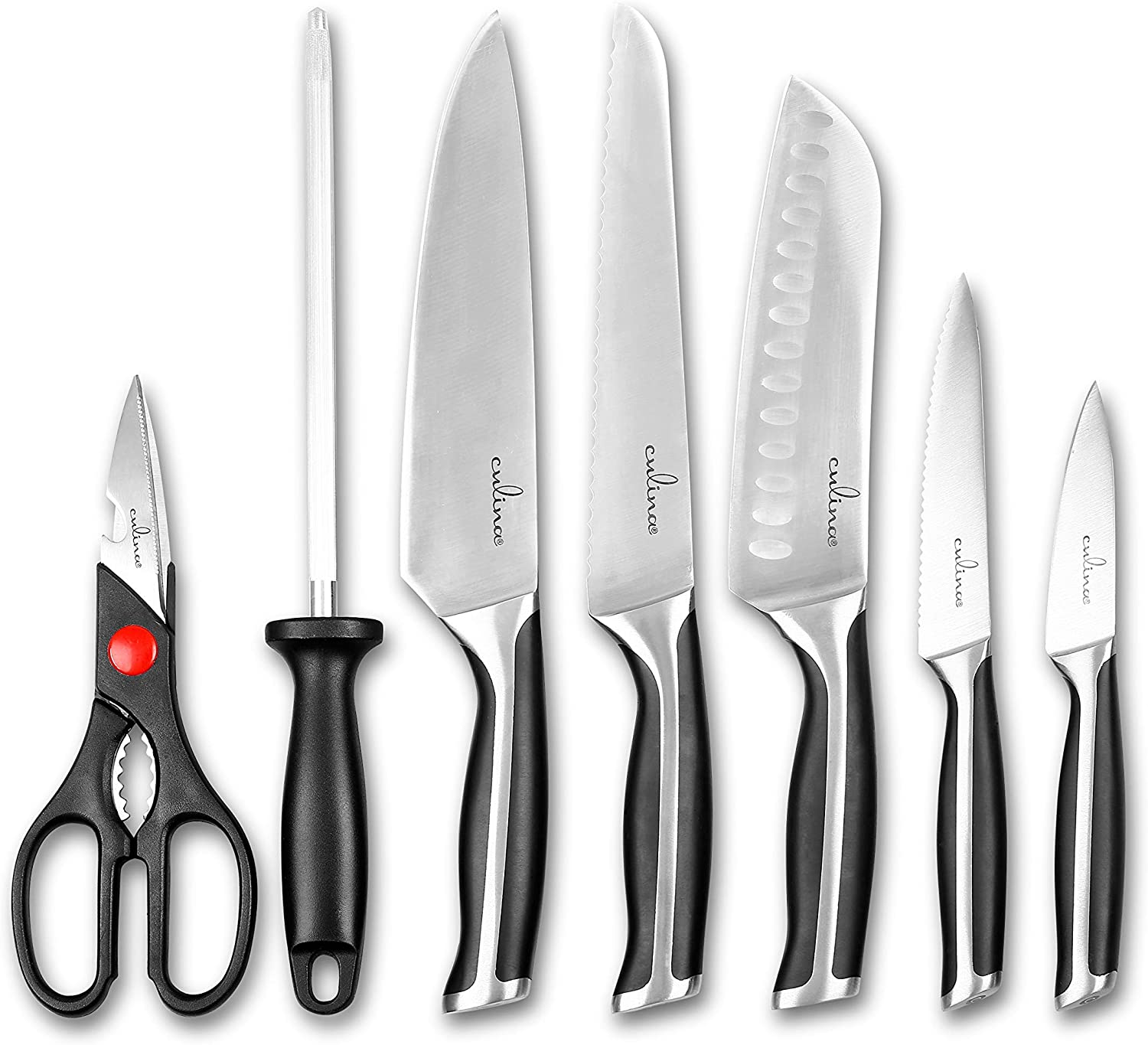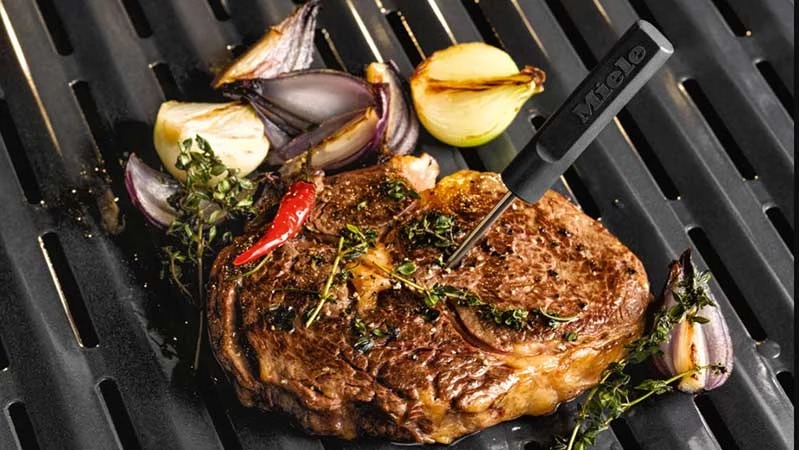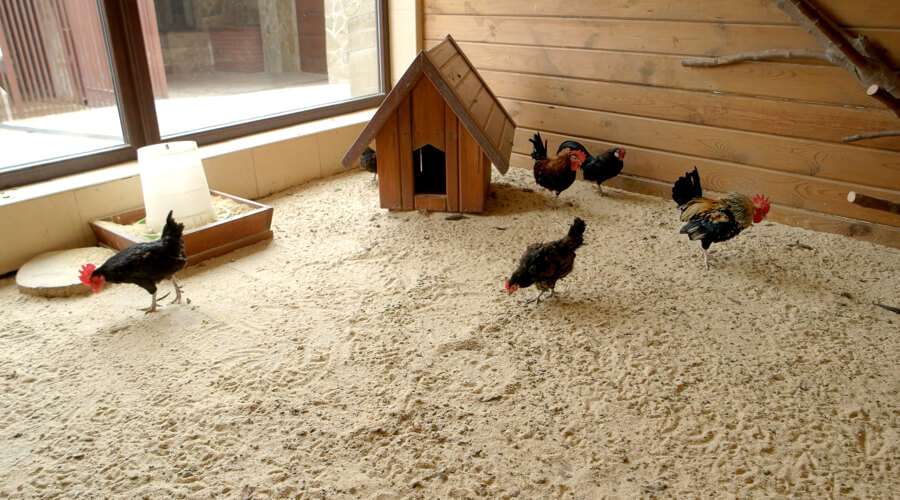Ensuring that your meat thermometer gives accurate readings is crucial for perfectly cooked meals every time. In this guide, we will delve deep into how to recalibrate a meat thermometer and why it is essential for kitchen enthusiasts, especially chicken lovers.

Importance of Accurate Temperature Readings
An inaccurate thermometer can undermine your cooking efforts, leading to overcooked or underdone meat. Recalibrating ensures that you get the most accurate temperature reading, which is vital for food safety and quality.

Types of Meat Thermometers
Dial Thermometers
Dial thermometers are one of the most common types. Although they are user-friendly, they require periodic recalibration to maintain accuracy.
Digital Thermometers
These thermometers provide rapid and precise readings via a digital interface. They often come equipped with recalibration features, making the process simple and quick.

Frequency of Recalibration
Experts recommend recalibrating your thermometer annually to maintain its accuracy. Nevertheless, frequent users, such as chefs, should consider more frequent recalibrations.
Tools You Will Need
- Ice water
- Boiling water
- Thermometer
- Hand towels
- Calibration nut (if applicable)
Methods for Recalibration
Ice Water Method
One of the most popular methods, the ice water method, involves submerging your thermometer in ice water and adjusting it to 32F (0C).
Boiling Water Method
This method requires you to immerse your thermometer in boiling water and adjust it to 212F (100C), considering your altitude.
Step-by-Step Guide to the Ice Water Method
- Fill a glass with ice cubes and distilled water.
- Insert the thermometer into the ice water without touching the sides or bottom of the glass.
- Wait until the temperature stabilizes.
- If the thermometer doesn’t read 32F (0C), adjust it using the calibration nut.
Step-by-Step Guide to the Boiling Water Method
- Bring a pot of distilled water to a rolling boil.
- Place your thermometer in the boiling water, avoiding contact with the pot.
- Wait until the temperature reading stabilizes.
- Adjust the thermometer to read 212F (100C), considering your altitude.
Maintaining Your Thermometer
Regular cleaning is essential for maintaining accuracy. Use mild soap, water, and a soft cloth for cleaning.
Common Mistakes to Avoid
Avoid submerging your thermometer past the maximum immersion depth indicated by the manufacturer.Don’t forget to account for altitude when using the boiling water method.Neglecting recalibration can lead to inaccurate readings.
Technology Advances in Meat Thermometers
With advancements in technology, modern meat thermometers often come with automatic recalibration features, making the process seamless.
Troubleshooting Inaccurate Readings
If recalibration doesn’t solve the issue, the thermometer might be faulty. Consult the manufacturer’s guidelines for further steps.
FAQs
Why is my meat thermometer reading incorrectly?
It could be due to a lack of recalibration, physical damage, or internal faults.
How often should I recalibrate my meat thermometer?
Annual recalibration is recommended, with more frequent checks for heavy users.
Can I use a digital thermometer without recalibrating?
No, digital thermometers also require periodic recalibration for accurate readings.
For more information about using meat thermometers, visit Laura Fuentes’ Guide.
For delicious chicken recipes and more insights, explore our internal resources:
microwave rotisserie, pair with rotisserie, cook on griddle, season a griddle, griddle preheated.
As an Amazon Associate, I earn from qualifying purchases.







